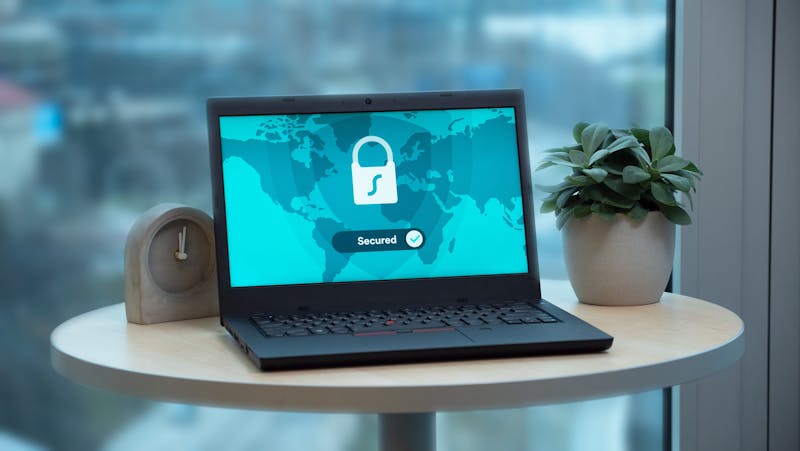Breach In The Perimeter: Top Reasons For Firewall Failure
A firewall is fundamental to securing a network from cyberattacks. It prevents any unwanted access from external sources, blocking malware and illegal activity that could compromise and even shut down an organisation. In this day and age where cybercrime has increased dramatically by 600% since the start of the pandemic, having a firewall reaches the barest minimum standard in cybersecurity.
However, it is not enough to just put up a firewall and expect to have your company completely secured forever. Firewalls can fail. In this article, we’ll go over the top reasons why this happens to better understand what you can do to maintain your firewall’s integrity.
Firewall Misconfigurations
99% of firewall failures are a result of firewall misconfigurations, not necessarily because of flaws within the firewall itself. What this means is that a firewall, which may have all the most advanced and secure features, can still be penetrated because it was simply not set up properly. Basically, it is human error that results in firewall vulnerabilities.
Integrating a firewall into an organisation’s workflow is essential for smooth operations. It can be a problem when the firewall is too restrictive, delaying or outright stopping people from executing and accomplishing tasks. What typically happens however is that security settings are haphazardly applied.
Security groups are left open, private cloud servers become easily accessible, services that should only have temporary access are kept running, authentication across areas are inconsistent, and issues unique to the organisation are not addressed.
This is why it is crucial that firewall rules are precisely defined to meet the specific cybersecurity needs of a company. When these rules are clear, the chance of humans setting up a firewall and misconfiguring it is greatly minimised.
Technical Issues
Firewalls work on two levels: through hardware, where there is a physical device that filters connections to a server’s physical unit, and through software, where security is applied through applications installed on devices. Ideally, networks should have both lines of defences up for maximum security. However, there can still be vulnerabilities that are exposed through either avenue.
When it comes to hardware, firewall failure is a result of the physical device not being powerful enough to handle server load, leading to bottlenecks in connectivity that degrade performance and connection speeds for every device in the network. Worst case scenario is that the hardware firewall itself overloads.
Software firewalls can be bypassed through encryption keys and passwords that have been compromised. There is also the issue of compatibility, where certain software doesn’t work smoothly with certain devices, leaving security gaps. Downloading and installing updates are therefore necessary to ensure such vulnerabilities are accounted for.
Power outages may also be a concern that could expose networks to cyberattacks. Security devices should then have backup power supplies so that operations can continue safely even in the case of an outage that would only bring down said security devices.
External Sources
Although a firewall is supposed to guard against malicious agents from outside a network, there is still a small chance that an external element can circumvent a firewall’s defences and break it down from within.
Keeping a network running generally requires the use of external assets such as DNS and internet access through an ISP. When those elements are compromised, it provides a pathway for cyberattacks on your company’s network. You may not have direct control over these assets, so it’s important to audit your internal IT architecture to identify potential points of intrusion and come up with measures to mitigate risks connected to external sources.
Savvy cybercriminals can also employ tactics to get around firewalls via external means. There is IP spoofing, where a legitimate IP address from your network is used to bypass authentication from your firewall. Members from your organisation using open networks with work devices and then hopping back on to your private network can be an access point for hackers.
Lacking Firewall Policy
A firewall’s effectiveness lives and dies by the ruleset it follows. Rules are defined by the policy, so an organisation’s cybersecurity policymakers are ultimately responsible for setting a tight perimeter for their network. If the firewall policy is lacking in any aspect, the entire system is susceptible to cyberattacks.
One point of failure in having a comprehensive firewall policy is the fact that it can be difficult to keep it updated in dynamic work environments. Every time new technology and data is introduced to the network, the policy has to be updated to cover them. The pandemic has drastically changed the way we work, with people working remotely and relying more on the cloud and smart devices.
In the UK, only a quarter of businesses have a cybersecurity policy for working at home, and only a fifth have policies that cover the use of personal devices for work.
The complexity of creating a firewall policy can also lead to shadow rules, where a specific rule that is supposed to account for a specific problem gets overridden by a general rule. You may think your network is safe because of the specificity of your policy, when in reality, it’s wide open to malicious activity.
Reinforce Your Firewall
Simply putting up a firewall may lull your organisation into a false sense of security. Take further action to guarantee your firewall does what it is supposed to do. Contact the cybersecurity experts at Evolvit to set up and maintain your firewall properly with an airtight policy without disrupting your business operations. Schedule a consultation with us today.






